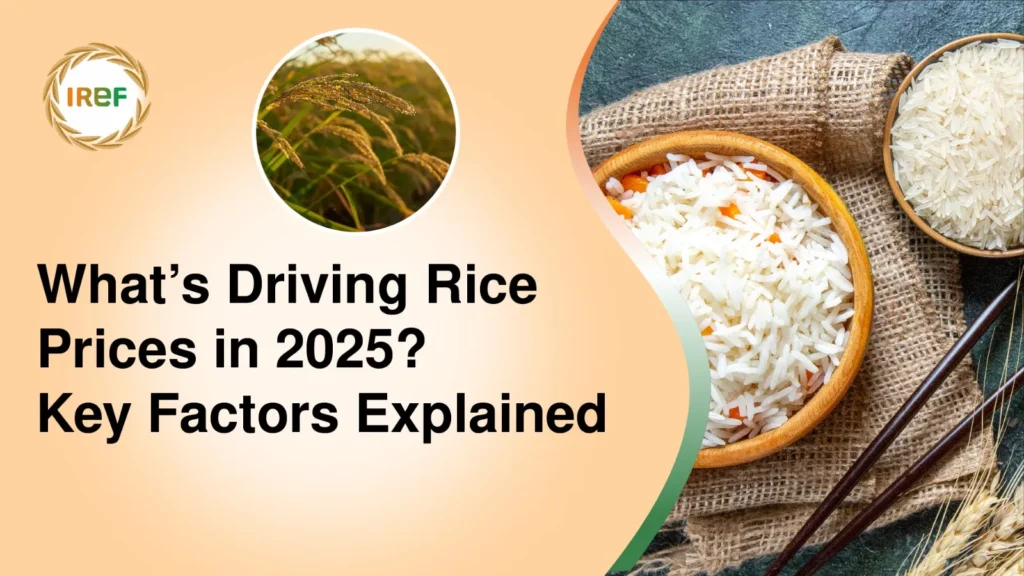Rice, a staple food in India is consumed by more than half of the population. Consumption of rice by more than half the population also drives conversation related to food security, market stability, and farm incomes. As of mid-2025, the average retail price of rice in India is around ₹45–₹55 per kg, however the price of rice depends upon the variety of rice and region. Premium rice varieties such as Basmati rice, often reflect prices above Rs. 100 per kg, reflecting their sustained export demand, quality, and consumption preferences.
Average Rice Prices of:
Fluctuations in rice price depends on factors like climatic conditions, policy frameworks, and input costs. Policy and reforms of government also plays a pivotal role such as procurement policies and the MSP (Minimum Support Price).
What’s Driving Rice Prices in 2025?
The ongoing rice price per kg in India is not shaped in isolation; instead rice prices in India is driven by several key factors that include:
- Monsoon & Crop Yield (2024 & 2025): The 2024 monsoon was generally normal. Satisfactory yields in Punjab, West Bengal, Andhra Pradesh, Uttar Pradesh, and Tamil Nadu helped supply remain stable. Further, rice stock in India, owing to high yields and favourable conditions is placed at over 53 million tons.
- However, rainfall patterns or droughts, however, can change the output figures and prices.
- Government Policies & MSP
- The Minimum Support Price (MSP) for common rice in 2024-25 was set at ₹2,300 per quintal
- Steady government procurement also supports price stability and farmer security.
- Input Costs
- Prices of fertilisers like urea, labour costs, seeds, and fuel have all increased in the past year, driving up production costs
- After the new GST reforms which reduced GST on bio-pesticides and micro-nutrients cultivators are set to get huge benefits.
- Further the reduced Good and Services Tax to 5% from the previous 18% on tractor, harvester, and rotavator, of different types will help in reducing production costs and lower prices of rice and other agricultural products.
- International Demand & Exports
India is the top exporter of Basmati and non-basmati rice, consistent export orders from leading Indian rice importing nations such as Saudi Arabia, Iran, Iraq, Benin, and the United Arab Emirates is also a major driver of rice prices in India.
- Domestic Consumption & Balance
- Rice is a staple food in India, ensuring the steady demand of rice.
- Demographic growth and shifts in eating patterns continue to affect overall consumption and supply-demand balance.
Major Rice Producing Regions In India
Rice Prices in India also depends upon the region of its production. Prices differ based on local production conditions, demand, and input costs.
Punjab: Well-irrigated and mechanised agricultural practices in Punjab leads to high – yields and efficient procurement which further ensures steady prices of rice in Punjab.
West Bengal: Rice prices in West Bengal remains steady however climatic conditions remains a key variable.
Uttar Pradesh: As a key contributor to the national rice basket, price trends here strongly influence the national retail average



